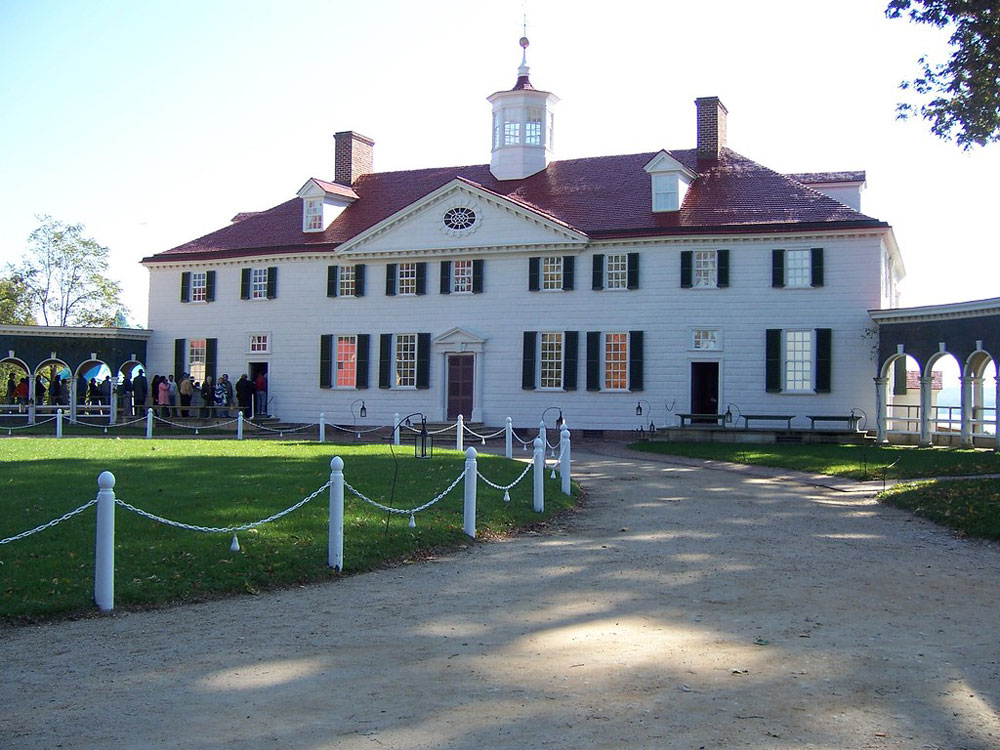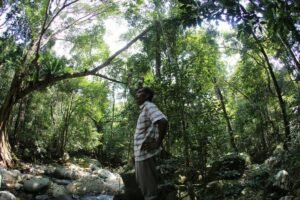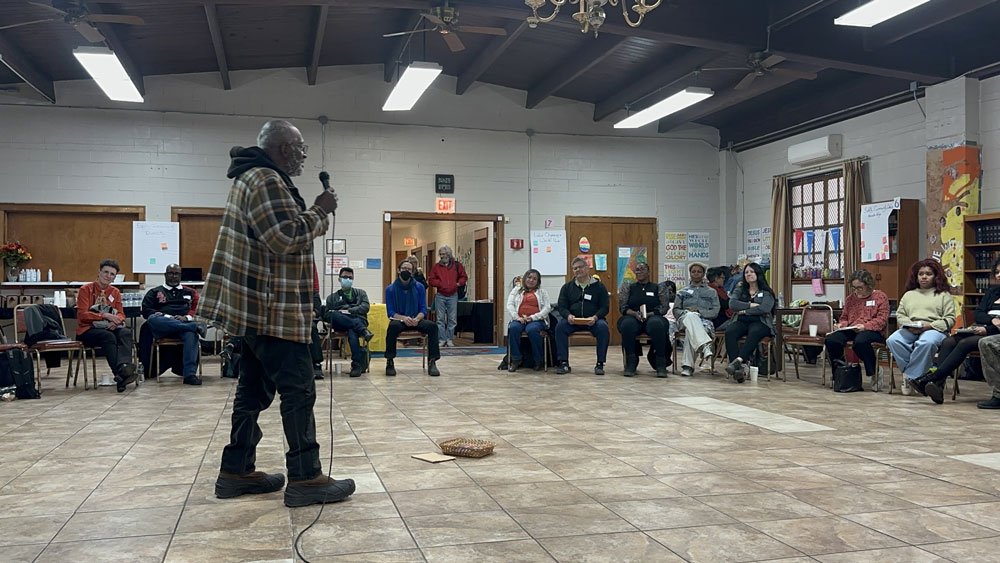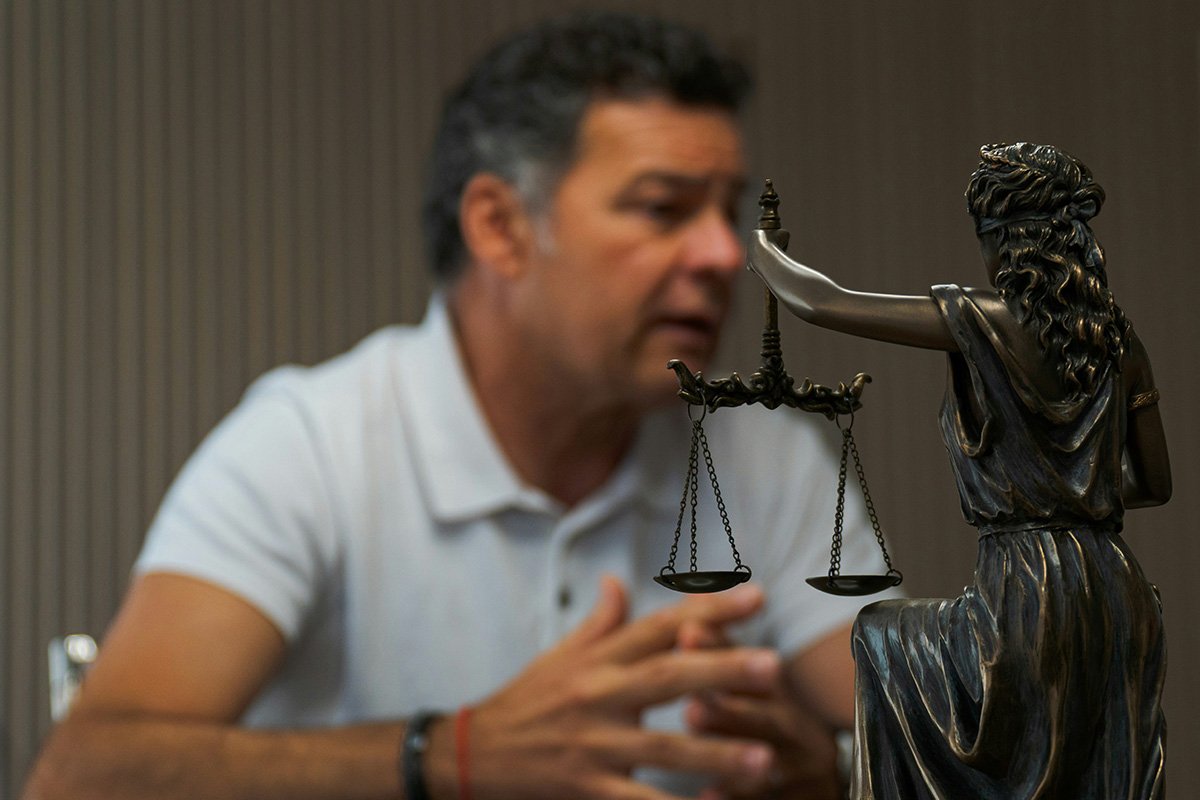
September 8, 2019; Washington Post
Times have changed, and perhaps so have expectations of visitors to Southern plantations. Or have they? Idyllic representations of plantation life, as seen in parts of Gone with the Wind and depicted in books about the antebellum South, are being replaced by more historically accurate depictions of what life was like, especially for the enslaved Africans. For some, this is what they expected; for others, this does not sit well.
Visitors to Monticello, Mount Vernon, Montpelier, and other historical homes arrive with the sense of being able to wander through a piece of history. But until recently, what was preserved didn’t provide a clear picture. On display was beauty and tranquility masking the ugly truth of slavery and slave ownership. Few plantations, until the last few years, erected accurate buildings showing how African slaves were housed on plantation grounds, or truthful information about the population’s lives on their tours. But no more.
At Monticello, George Washington’s Mount Vernon, and other plantations across the South, an effort is underway to deal more honestly with the brutal institution that the Founding Fathers relied on to build their homes and their wealth: slavery.
Four hundred years after the first enslaved Africans arrived in the English colony of Virginia, some sites are also connecting that ugly past to modern-day racism and inequality.
The changes have begun to draw people long alienated by the sites’ whitewashing of the past and to satisfy what staff call a hunger for real history, as plantations add slavery-focused tours, rebuild cabins and reconstruct the lives of the enslaved with help from their descendants. But some visitors, who remain overwhelmingly white, are pushing back, and the very mention of slavery and its impacts on the United States can bring accusations of playing politics.
[…]
Sign up for our free newsletters
Subscribe to NPQ's newsletters to have our top stories delivered directly to your inbox.
By signing up, you agree to our privacy policy and terms of use, and to receive messages from NPQ and our partners.
The backlash is reflected in some online reviews of plantations, including McLeod in Charleston, SC, where one visitor complained earlier this summer that she “didn’t come to hear a lecture on how the white people treated slaves.”
These changes have come with hard work, research, and outreach to the communities whose ancestors were the slaves on these plantations. Bringing their stories into the tours and the information that’s shared with visitors makes the reality of plantation life, amidst the beauty.
This change is not universal, though; it has supporters and objectors and is entangled with politics and how history is presented. Some visitors don’t want a lecture about how white people treated slaves. At Monticello, the Thomas Jefferson Heritage Society objects to the decision to tell visitors that Jefferson fathered children with Sally Hemings, a slave. They believe that this choice overemphasizes slavery rather than Jefferson’s accomplishments, according to John Works, a descendent of Jefferson.
“There’s a limit to the appeal, I think, of the slavery message,” he said.
And this message isn’t being spread by every site, either; some are not there yet and may never get there. Mount Vernon, the home of George Washington and one of the most popular tourist destinations (over 1 million visitors per year) has pretty much sidestepped the issue. Jeremy Ray, director of interpretation, said they “haven’t really looked into making connections to modern issues going on.”
Mount Vernon charges extra for its Enslaved People of Mount Vernon tour. On the main tour, it discusses slavery only in passing, with the mention of cooks, valets and seamstresses. No mention of who tended the fields and the animals or where these folks lived. You have to pay extra for that.
Changes to how we present this part of American history show the discomfort white people feel with that change and what it says. In telling the story of the enslavement of Africans on plantations as a component of American history, is the purpose to create guilt among white visitors? Or is it to open the door to the totality of our history, with its beauty and its ugliness, and see it as a way to bring humanity to people who were denied it, and to tell and accept all of the American story, not just the pretty parts?—Carole Levine











